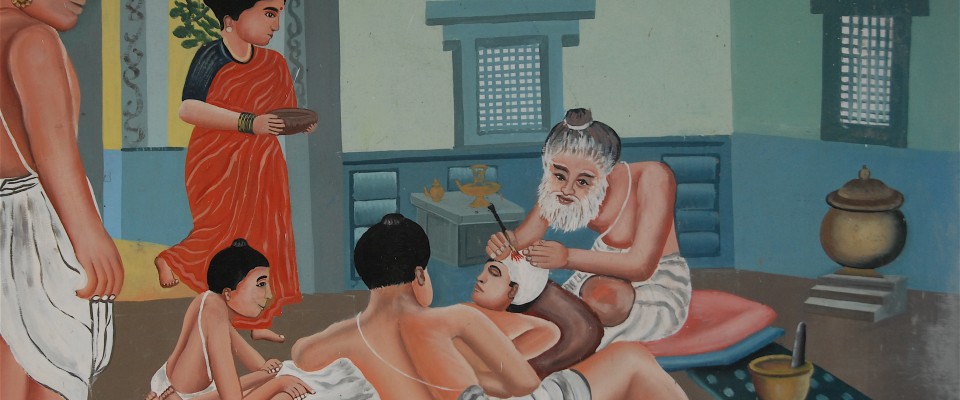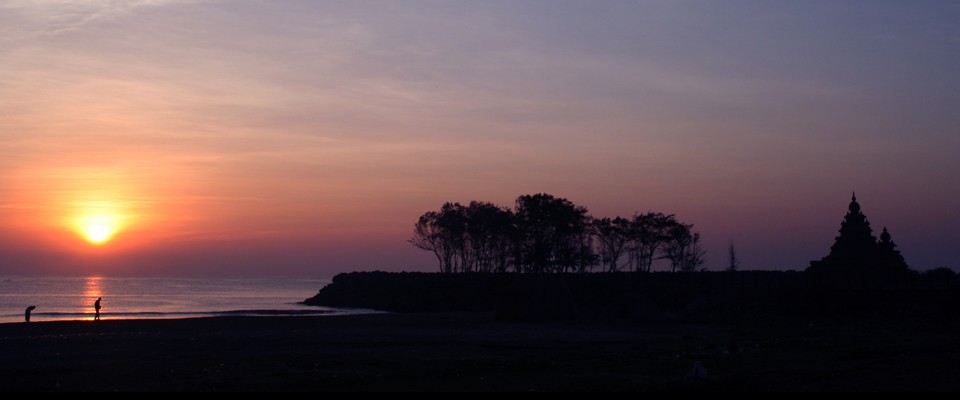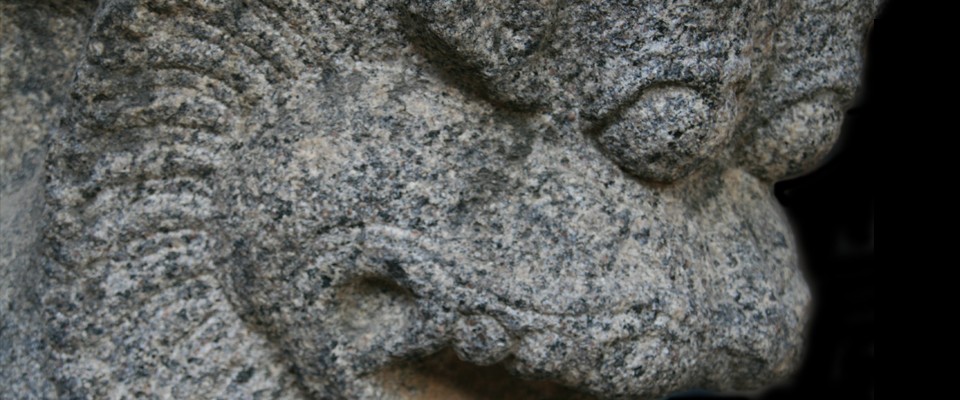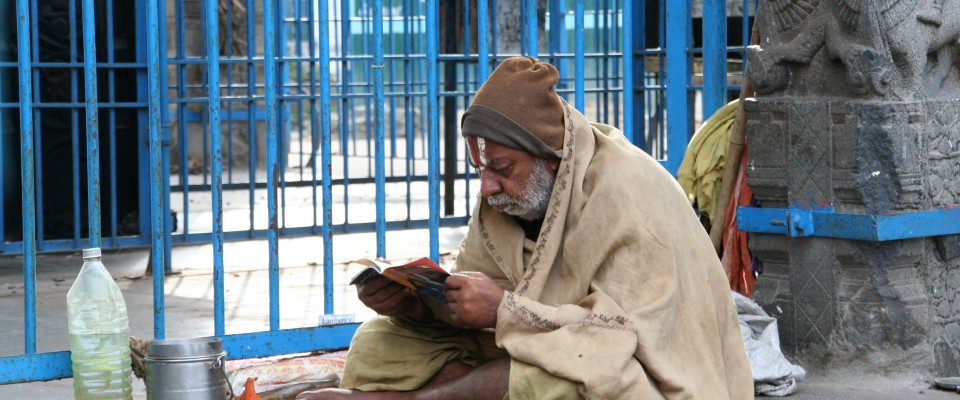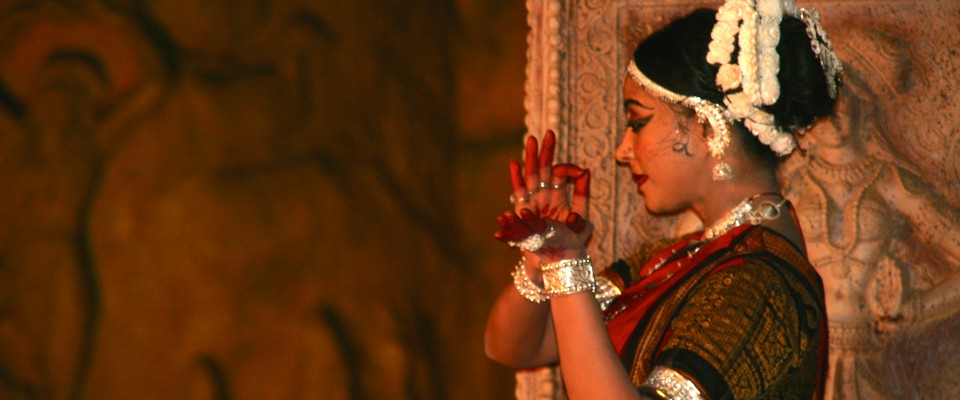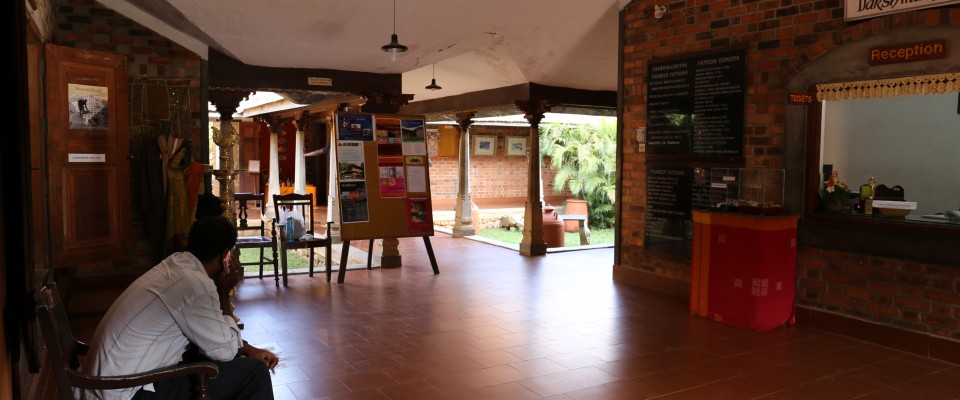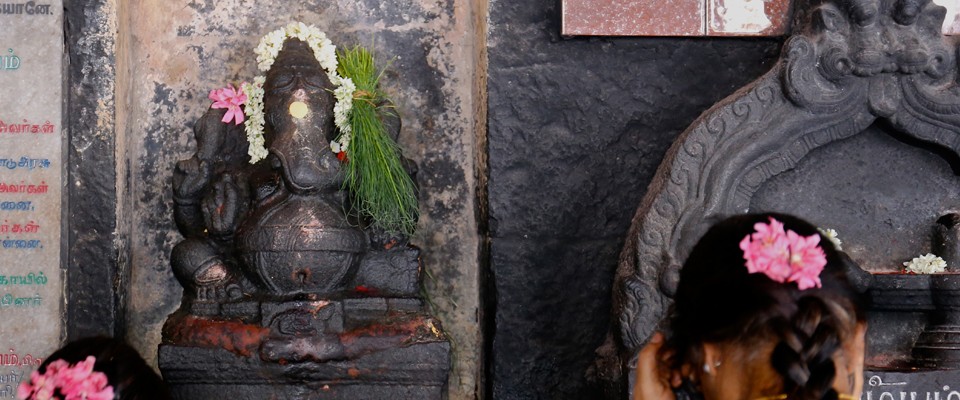Seek peace of mind and well being of the body through the ancient knowledge of the Ayurveda. After an Ashtanga Yoga session, I would recommend an Ayurveda massage with Krishna. Ladies can also have beauty care with Jessy.
The benefits of massage…
Ayurveda means “ Life awareness ”. It is the traditional medicine of India, the most ancient therapeutic system in the world. The sources of Ayurveda are found in the Vedas, representing 5000 years of continuous history and knowledge. It is a holistic approach of the human being.
This science aims to re-establish the balance of the human organism at the level of the body, mind and soul through the therapeutic and curative action of oils, plants and minerals.
« The ultimate goal of the Ayurveda is spiritual fulfilment. »
The Ayurveda philosophy is based on giving a treatment in order to create a new homeostasis for the body using plants, nutrients, massage, yoga or meditation.
« Every illness is a step towards healing, all bad and all pains are harmonization with nature towards good, every death is an opening towards immortality. Why is it so? It is the secret of God that only the souls who are purified from selfishness can understand. »
Sri Aurobindo
Panchakarma or the five steps (of the cleaning process) :
- Snehana : ingestion of ghī ( ghee, clarified butter).
- Virechana : a light purge usually based on the use of Neem oil.
- Swedhana : sweating in a similar way as in a hammam ( Soft steam bath, 40° warm)
- Basti: a light colon enema
- Abhyanga: several hot oil massages given by experienced physiotherapists.
Different massages for Vata, Pitta et Kapha
- Abhyanga : full body oil massage
- Udvartana: detoxing and slimming massage with chickpea flour.
- Pinda svéda: with rice pudding or sand plant poaches, to heat the body and stimulate sweating in order to eliminate toxins.
- Pichauli : hot oil massage by 4 hands.
- Padaghat: deep massage given by the physiotherapist using his feet!
- Pizzichili: massage given on a special table allowing a hot oil bath.
- Shirodhara: a treatment that consists of letting herbal oil at mild temperature run smoothly over the forehead of the patient. Origins of the word: composed of two Sanskrit terms: Shira = forehead et Dhara = flow.
It is one of the steps of the panchakarma. The liquids that are used can include oil, milk, buttermilk, or coconut water. Shirodhara has a clarifying and calming effect on the mind and enhances cognitive functions. Shirodhara can help entering a state of profound relaxation. - And many others …
Duration: from 45 min to 2 hours according the type of massage
Duration of a treatment: from 3 days to 4 weeks depending on the treatment
Our Ayurveda partners at Mahābalipuram
- For massage:
Krishna Kumar, he works at the Greenwoods Hotel, Othavadai Cross Street.
ayurkrishna2005@yahoo.com
Price: from 1000 rupees to 2000 rupees depending on the type of massage, packaging possibilities for therapy.
- For an Ayurveda medicine consultation
Doctor Arathi in Ayurveda medicine, young and friendly lady. Sri Durga, 36 Othavadai Street (just by the Moonrakers Restaurant) first floor.
Price: Consultation 200 rupees
- For the beauty care
Mrs Jessy Ravi (Ayurveda Beautician), The Mayuri ayuvedic Massage Beauty Parlour, 5, Othavadai Street.
Price: from 250 rupees to 2000 rupees depending on the type of care.
